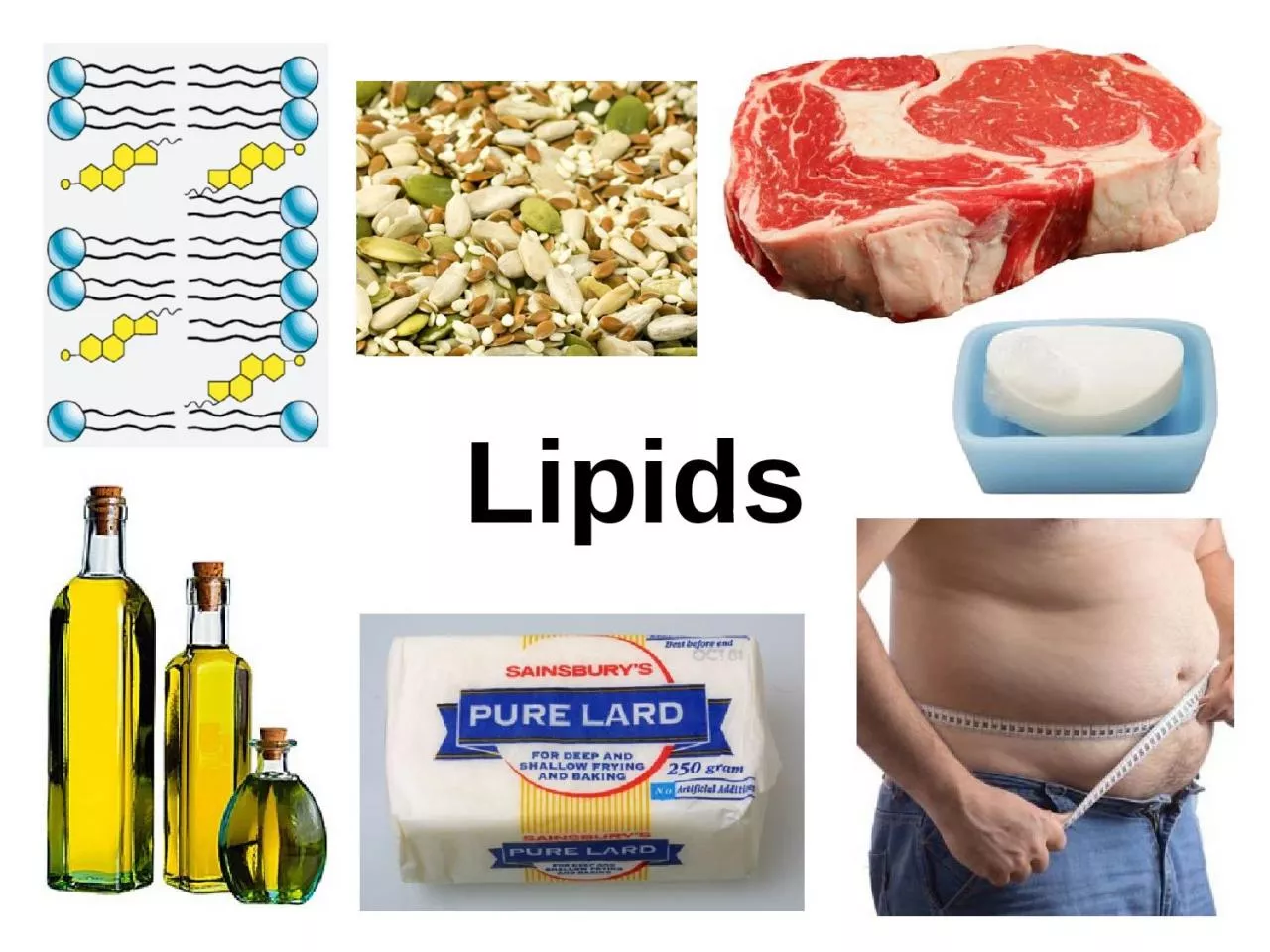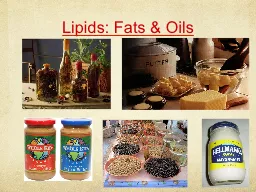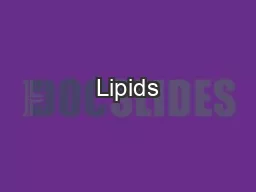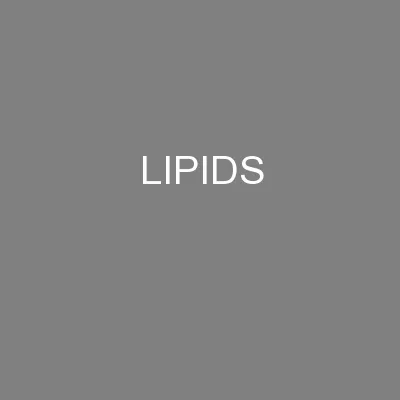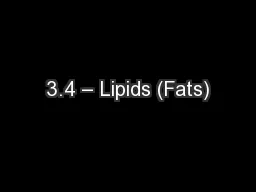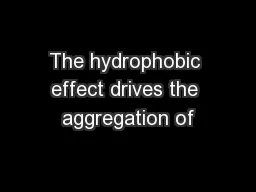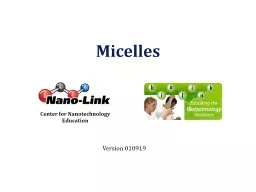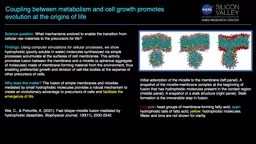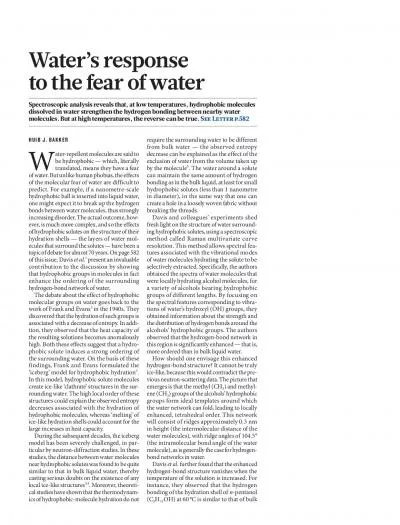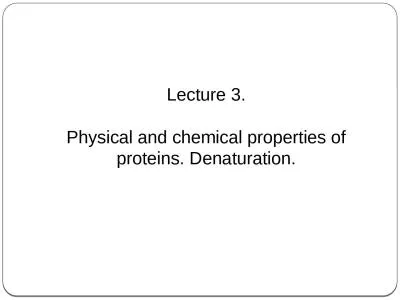PPT-Lipids Lipids are hydrophobic or amphiphilic molecules with widely varying structures
Author : OptimisticPanda | Published Date : 2022-07-28
Cholesterol Rich in hydrocarbon Polar group usually small Oleic acid Lipids serve a wide variety of functions Vitamin K Surfactants Protection Membrane components
Presentation Embed Code
Download Presentation
Download Presentation The PPT/PDF document "Lipids Lipids are hydrophobic or amphiph..." is the property of its rightful owner. Permission is granted to download and print the materials on this website for personal, non-commercial use only, and to display it on your personal computer provided you do not modify the materials and that you retain all copyright notices contained in the materials. By downloading content from our website, you accept the terms of this agreement.
Lipids Lipids are hydrophobic or amphiphilic molecules with widely varying structures: Transcript
Download Rules Of Document
"Lipids Lipids are hydrophobic or amphiphilic molecules with widely varying structures"The content belongs to its owner. You may download and print it for personal use, without modification, and keep all copyright notices. By downloading, you agree to these terms.
Related Documents

